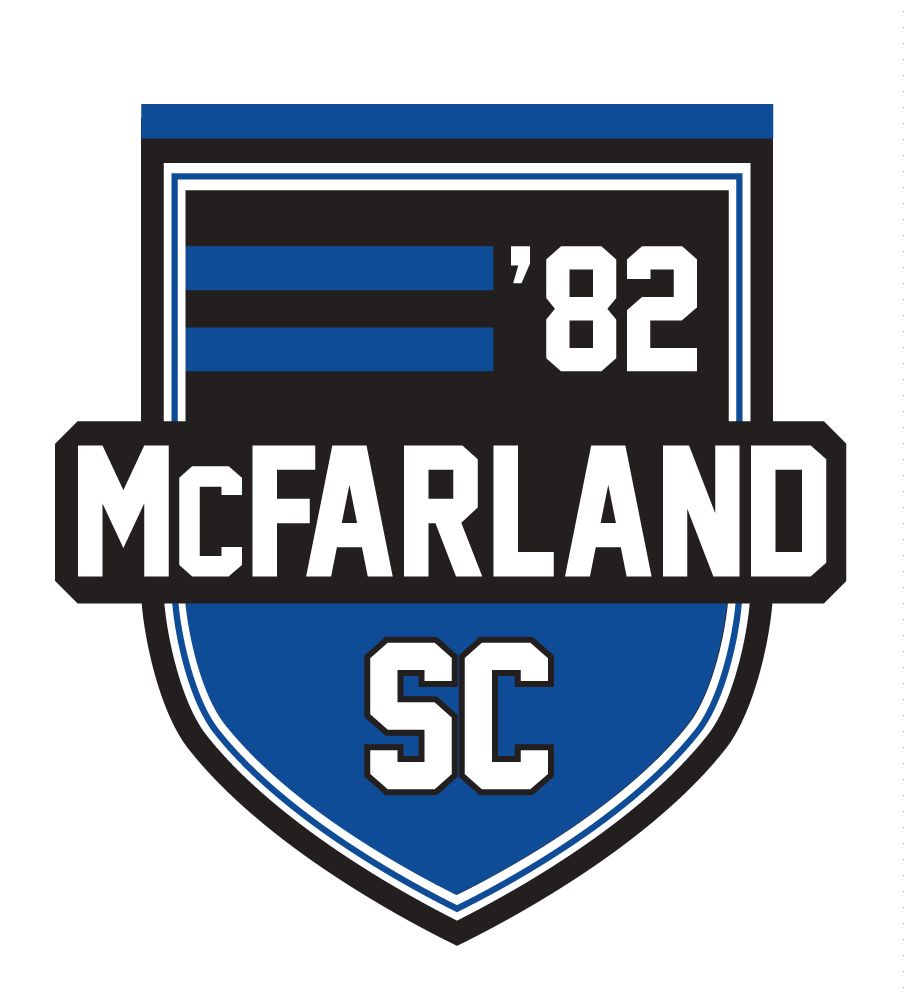Concussion FAQ
- What is a concussion?
A concussion is a type of traumatic brain injury (TBI) —caused by a bump, blow, or jolt to the head or by a hit to the body that causes your head and brain to move rapidly back and forth. This sudden movement can literally cause the brain to bounce around or twist in the skull, stretching and damaging the brain cells and creating chemical changes in the brain. What you might not know is that these chemical changes make the brain more vulnerable to further injury. During this window of vulnerability the brain is more sensitive to any increased stress or injury, until it fully recovers.
- How do they happen in soccer?
A concussion can occur from any type of contact in soccer such as colliding with a player, a goalpost, the ground, a ball. Note that 'heading the ball' is less dangerous with proper technique, but young kids should not be excessively trained in heading until more is known about its effects on young brain development.
- What players are at risk?
Any age player is susceptible. More studies have been done on high school students, so we know, for instance, that by high school age, girl soccer players are diagnosed with concussions at twice the rate of boys.
But more research is needed on concussions in younger children. Discussion
- HOW can you know it's a concussion?
A concussion can be hard to diagnose. Please see SYMPTOMS above for comprehensive lists of symptoms reported by athletes and observed by parents. Yet sometimes the only symptom is a headache. Seek attention from trained medical personnel when a concussion is suspected.
Assessment tools are being developed, for instance, ImPact baseline testing, taken prior to the sporting season, allows comparisons for evaluations post concussion. Other programs are available as well.
- Must a player leave a game after a head injury?
YES. ALWAYS, even if you are not sure it is a concussion. The rule is: 'When in Doubt, Sit Them Out' - until released to play again by a medical professional.
- WHEN can a player return to playing?
A player may only return to a game after evaluation and release by a trained medical professional. If an athletic trainer is not present at a game, seek medical attention as soon as possible for an evaluation. Depending on the severity of the injury, and the individual, the return timelines differ.
- WHO is responsible for making all these decisions?
Everyone involved with MAYSA is 'responsible' for removing a player with a possible concussion from MAYSA activities. Coaches and other adults are NOT, strictly speaking, liable for failure to enforce a child's removal from participation under the new law, except in extreme circumstances ("gross negligence"). But everyone is charged with making good decisions on behalf of our children.


